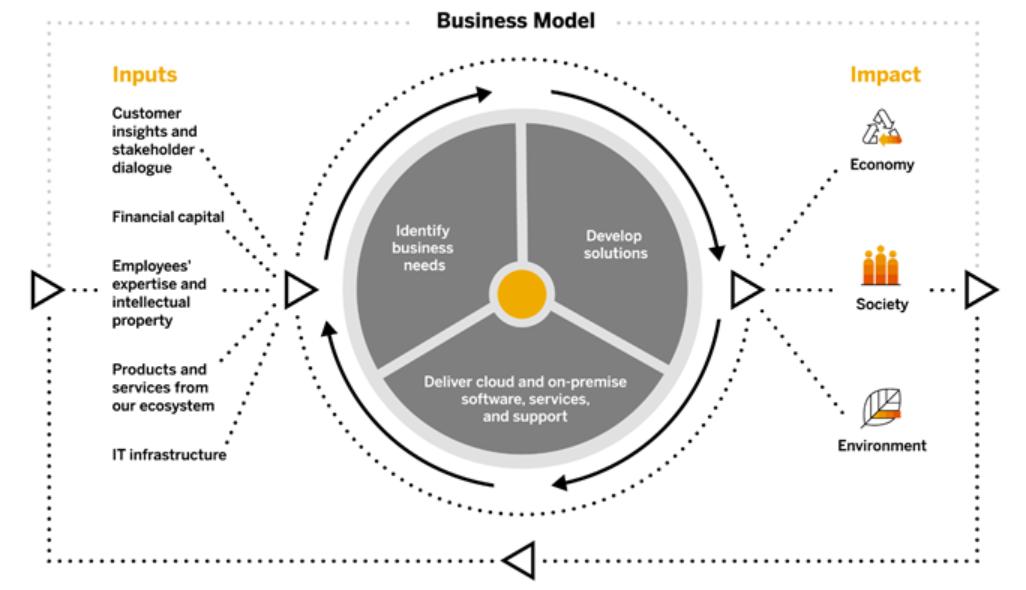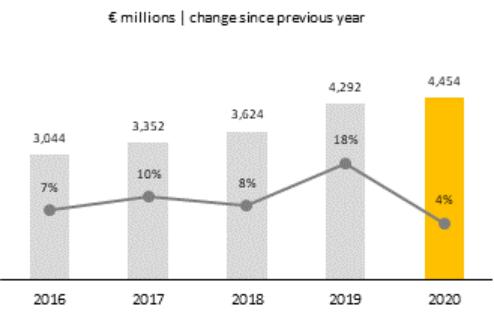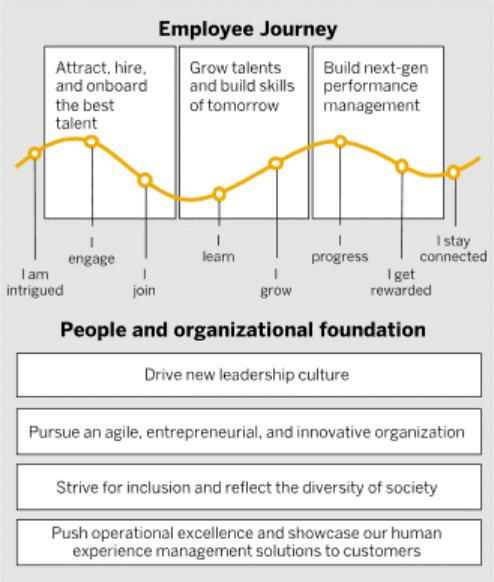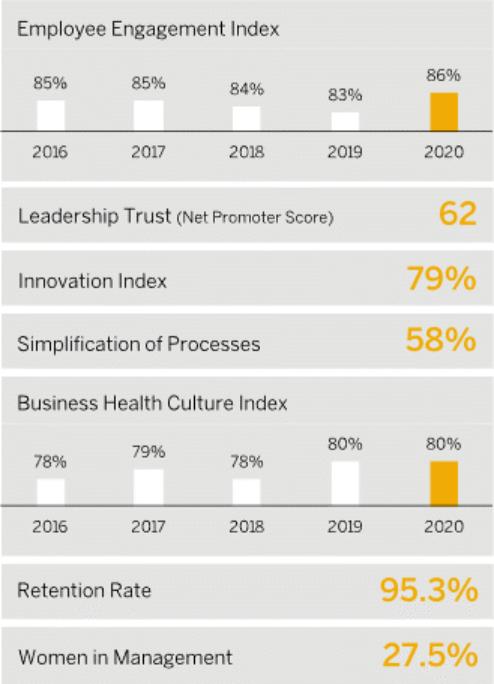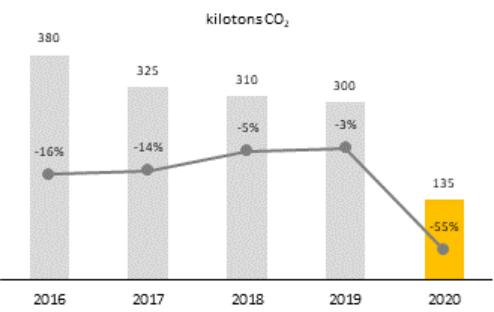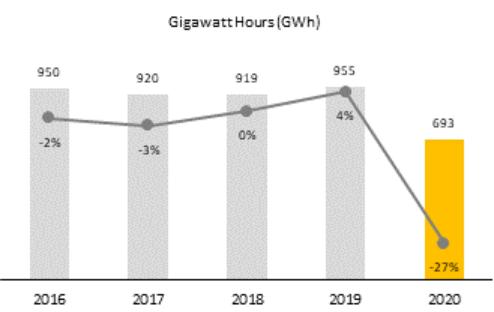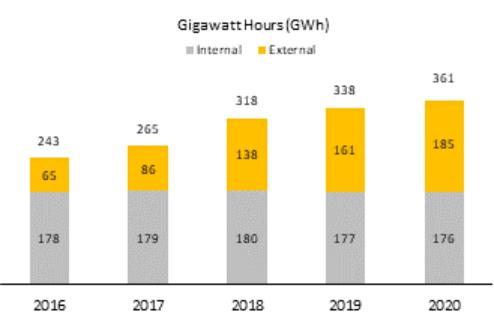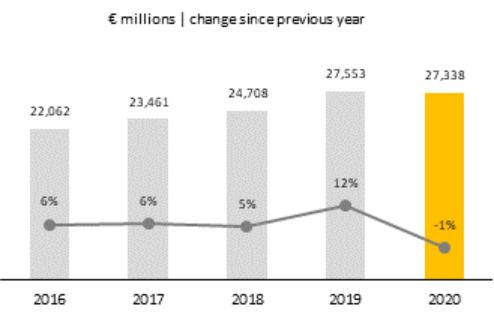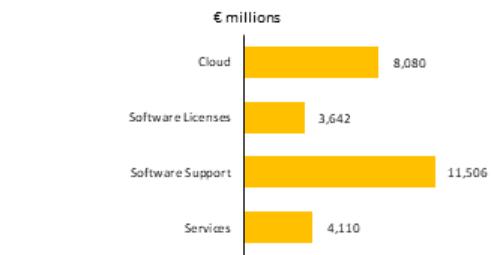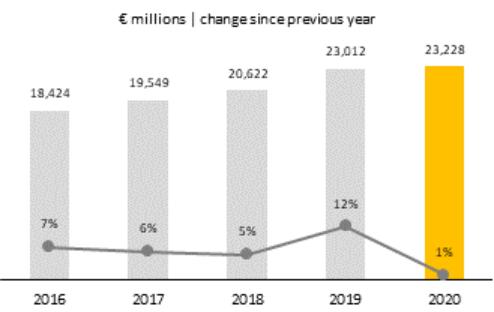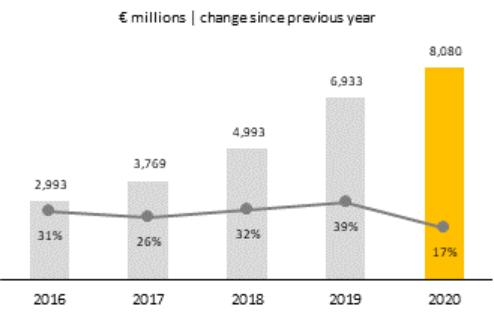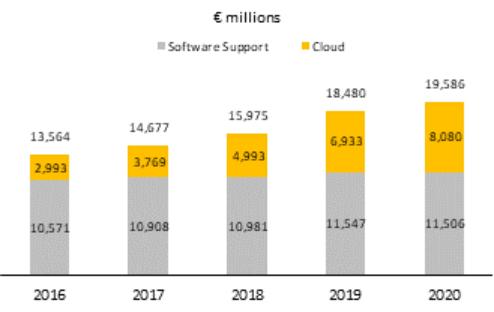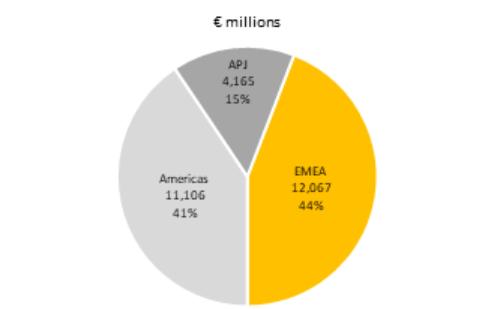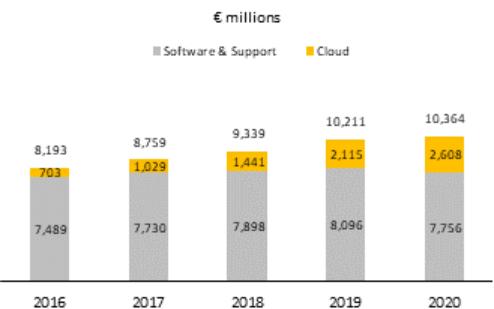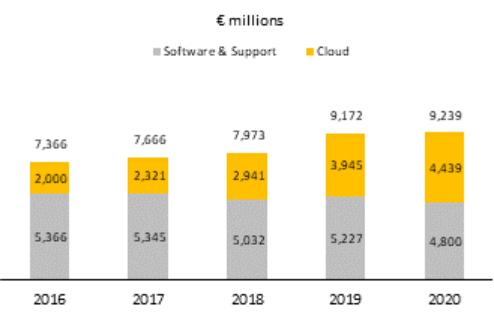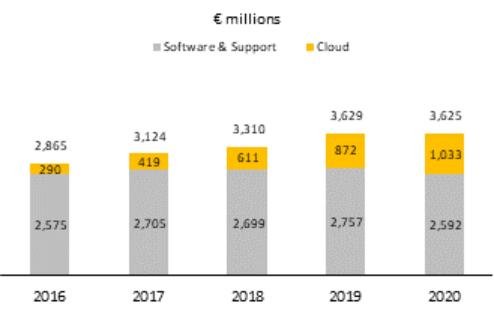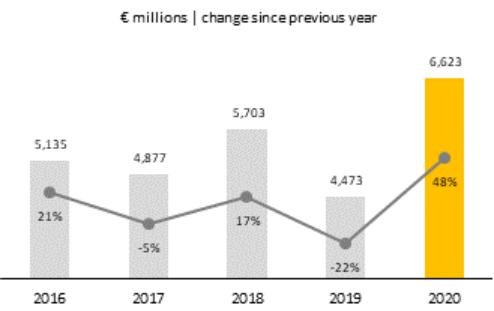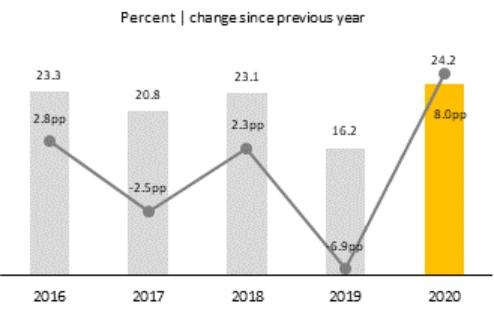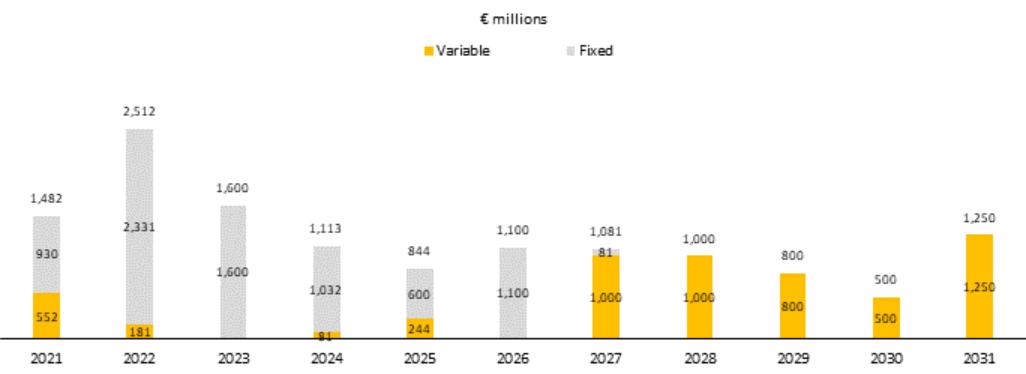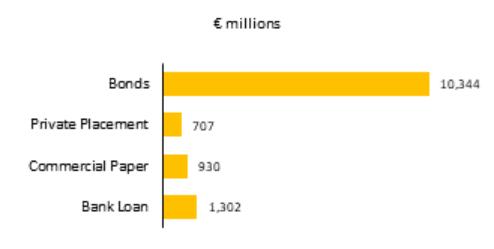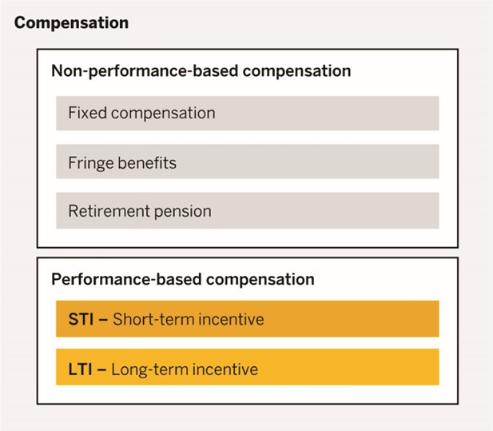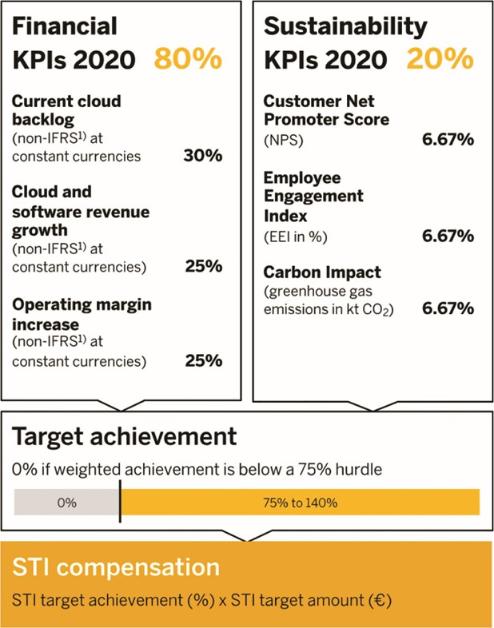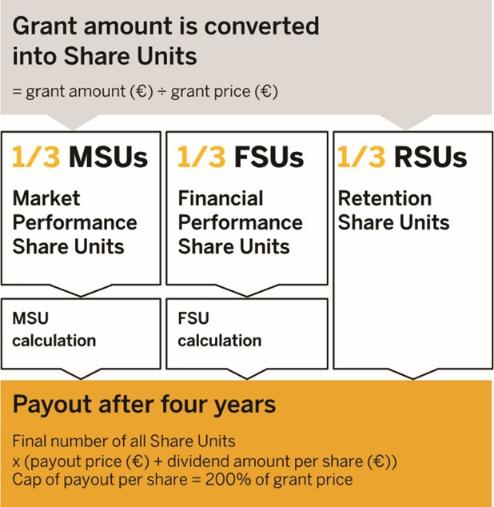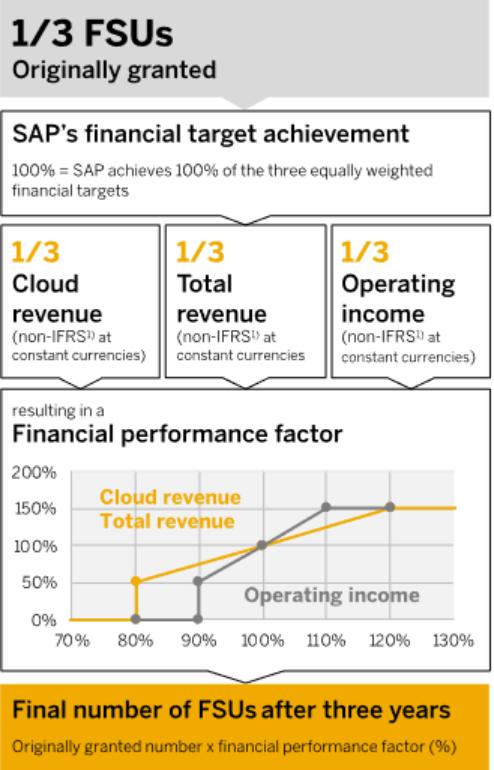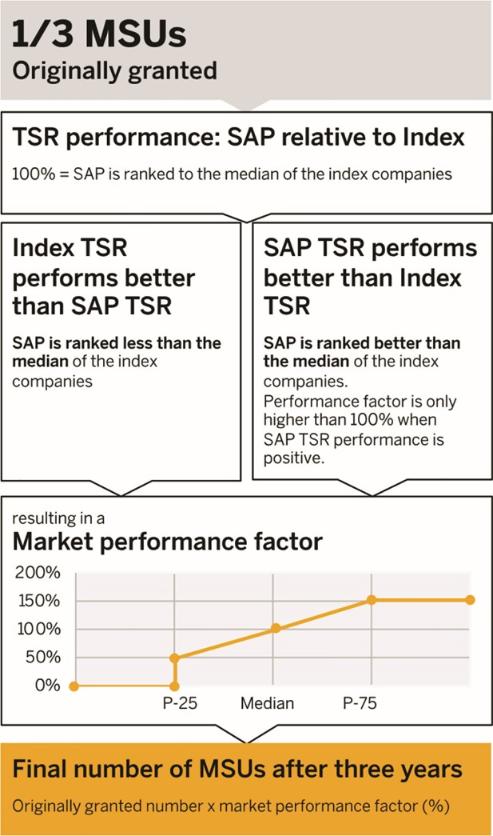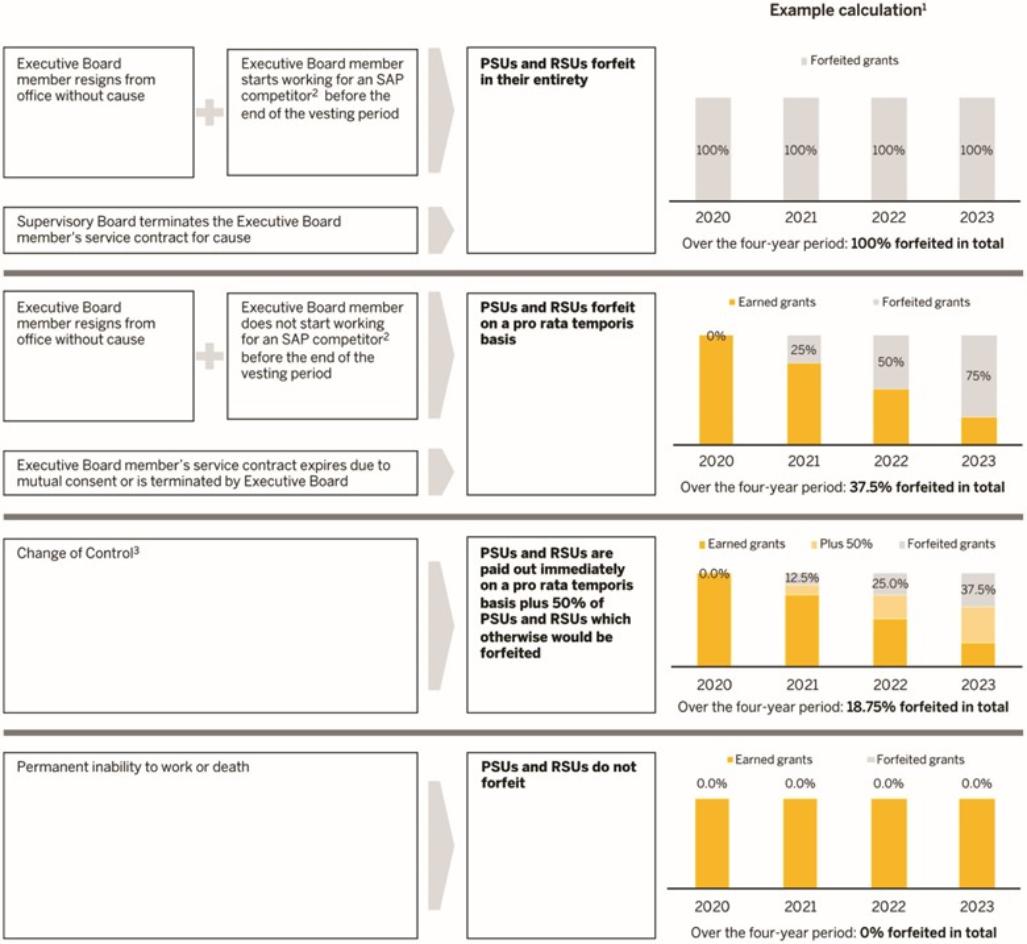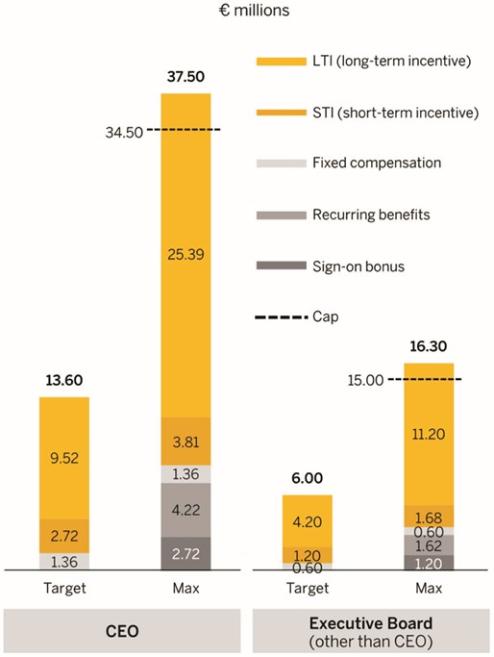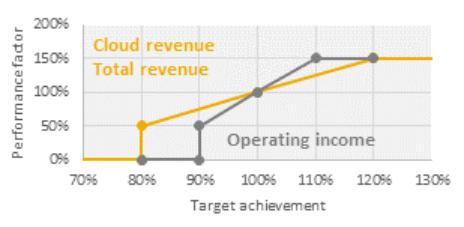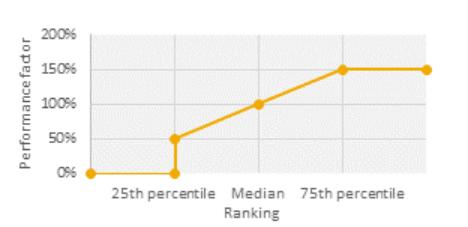In line with our purpose, we are committed to supporting the United Nations Sustainable Development Goals (UN SDGs). Technology-driven innovation underpins how SAP, together with our customers and our partner ecosystem, can execute initiatives across all 17 of the UN SDGs. Examples of how we are doing this include the focus of social investments on building digital skills and our guiding principles for artificial intelligence (AI).
Our Strategy - The Intelligent Enterprise
To serve our purpose and to respond to the changing market conditions, SAP has evolved our Intelligent Enterprise strategy by emphasizing key principles to drive innovation, integration, and agility, as well as speed. The evolution of our strategy is closely tied to the objective that every substantial business element is connected and interlinked. The components of our Intelligent Enterprise are detailed below.
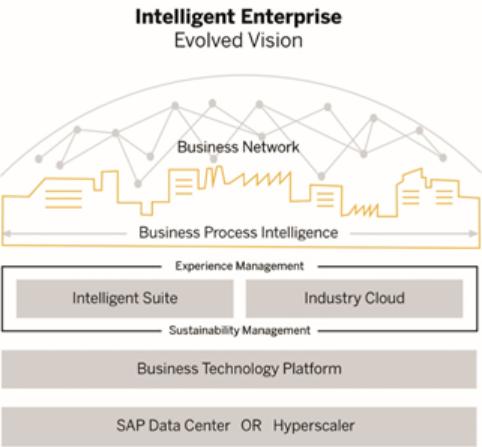
- Our business network brings together cross-company business processes. The network builds on our digital supply chain, procurement, logistics, asset management, travel and expense, contingent workforce, and platform solutions.
- Our business process intelligence offerings aim to enable companies to quickly understand, improve, transform, and manage their business processes at scale. It provides one common foundation for a business process semantic layer, which contains capabilities for process insights and process improvements.
- Our experience management solutions bring experience data into an intelligent enterprise, connecting user, customer, brand, and employee sentiment in every decision and action.
- Our intelligent suite is the base on which to run agile, integrated end-to-end business processes. It helps manage business-critical elements of the organization - employees, customers, products, spend, finance, and IT.
- Our industry cloud allows customers to discover and deploy vertical solutions from SAP and our partners. We aim to apply industry best practices and extend current business processes.
- Our sustainability management solutions help our customers minimize carbon footprints, reduce waste through responsible supply chain management, and enable diversity across all business practices.
- Our business technology platform is a foundation layer, which provides data management and analytics and is the hub for application integration and extension. It also allows customers to use embedded intelligent technologies such as AI, robotic process automation, machine learning, and the Internet of Things.
- To complete our own technology provisioning, we pursue a balanced cloud approach by lifting our existing base of customers to state-of-the-art cloud delivery on an SAP converged cloud running in SAP data centers or on hyperscalers.
Reinventing How Businesses Run
To execute against this ambitious strategy, SAP defined strategic moves under the program called "Reinvent How Businesses Run."
To that end, we focus our application portfolio on creating differentiating capabilities and on areas where we can win decisively. We are strongly committed to innovating in new markets by building on our core software and technology and by facilitating business change that addresses the future of work. We are aiming to vitalize agility, speed, and integration by creating a world-class business technology platform, together with a strong developer and partner ecosystem. We are linking to customer success by focusing on business outcomes. Furthermore, we are accelerating engagement with our active partner ecosystem.
In January 2021, SAP introduced RISE with SAP, a new single offer on a single contract that supports a customer’s transformation journey to an intelligent enterprise. RISE with SAP provides a path to the cloud for customers, without high upfront cost, and with faster time to value and the flexibility to decide which capabilities to use at what point in time. Together with our ecosystem, we aim to provide what companies need to holistically transform their business - from business process redesign to technical migration services and cloud infrastructure of choice up to our SAP Business Technology Platform, access to the Business Network, and SAP S/4HANA Cloud.
For more information about the products and solutions offered as part of our strategy framework, see the Products, Research & Development, and Services section.
24
